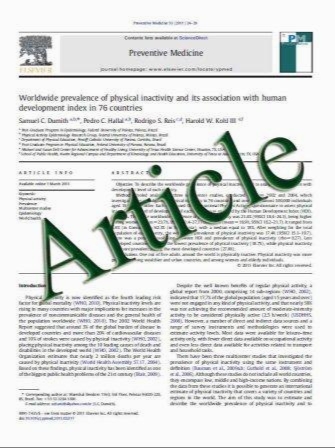Anatomical placement of double femoral tunnels in anterior cruciate ligament reconstruction: anteromedial tunnel first or posterolateral tunnel first?
- نوع فایل : کتاب
- زبان : انگلیسی
- مؤلف : Shuji Taketomi • Takumi Nakagawa • Hideki Takeda • Kohei Nakajima • Shuichi Nakayama • Atsushi Fukai • Jinso Hirota • Yoshinori Kachi • Hirotaka Kaw
- چاپ و سال / کشور: 2010
Description
Purpose The purpose of this study was to know which tunnel—the anteromedial (AM) bundle or the posterolateral (PL) bundle—should be prepared first to create the 2 femoral tunnels accurately in anatomic double-bundle (DB) anterior cruciate ligament (ACL) reconstruction. Methods Thirty-four patients were divided into 2 groups of 17 depending on the sequence of preparation of the 2 femoral tunnels. In group A, the AM tunnel was prepared first, whereas the PL tunnel was prepared first in group P. ACL reconstruction was performed using a three-dimensional (3-D) fluoroscopy-based navigation system to place the double femoral tunnels through an accessory medial portal. The double femoral socket positioning was evaluated by 3-D computed tomography (CT) scan image. Results The non-anatomical placement of the femoral sockets occurred in 5 patients (29%) in group A, whereas the 2 sockets were placed anatomically in all patients in group P (P\0.05). Evaluation of the AM and the PL socket location on the 3-D CT images using the quadrant method showed more similar values to the laboratory data in a literature in group P than in group A. No complication occurred in group A, whereas complications such as socket communications or back wall blowout occurred in 5 patients (29%) in group P (P\0.05). Conclusion The sequence of creating 2 femoral tunnels through accessory medial portal affected the resultant location of the sockets and the rate of the complications. When femoral tunnels are prepared with a transportal technique, PL tunnel first technique seems to be superior to AM first technique regarding anatomic placement. However, PL tunnel first technique accompanies the risk of socket communication.
Knee Surg Sports Traumatol Arthrosc (2011) 19:424–431 DOI 10.1007/s00167-010-1246-6 Received: 19 April 2010 / Accepted: 9 August 2010 / Published online: 3 September 2010


